blog
Interview with photographer Mark Sawrie
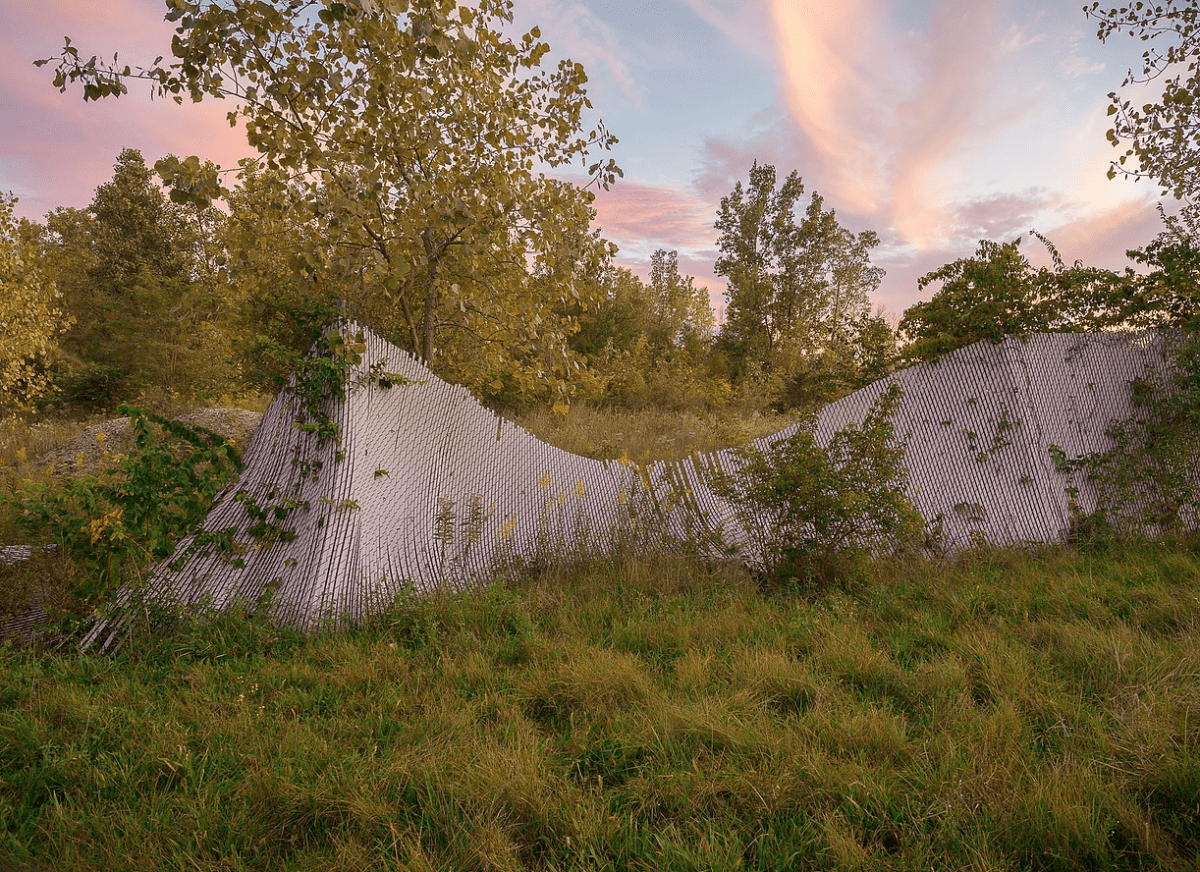
Acquiesce © Mark Sawrie
Glad You Weren’t There
But now you’re invited!
I am comfortably stalked by the sublime and the banal.
They wait for me to stop and pay attention to the here and now.
My; phone, issues, hunger, achievements, opinions and questions; are blasphemous here.
I worshipped these places alone.
You should experience them alone (get high if needed).
I did them for you.
You are welcome.
I love you.
“Worship, all that you see, and more will appear.” -Peter Shaffer’s screenplay, Equus
Mark Sawrie’s photographs of the American South are poetic, much like his statements which accompany his projects. His thoughtful, studied compositions of landscapes and his serendipitous scenes with overlaid interpretations come from his direction and desire over the past ten years to work more spontaneously; as compared to the careful studio-based images in other projects over his career. His landscape and observational photography are beautiful, reverent, and have the power to elevate the commonplace. The work centers on both the subject matter inside the frame, and also the joyful act of seeing. Sawrie’s work imparts an admiration for overlooked places which largely haven’t changed in generations, are in various stages of disrepair, or have been impacted by man’s inclusion or interaction with nature; and Sawrie fears these often “tainted, ignored, or misused landscapes” will eventually vanish. His recent work made in locations in Texas, Oklahoma, Florida and Indiana will be shown in an exhibition titled Glad You Weren’t There from November 3-13, 2020 at Ball State University.
Sawrie’s most recent work was created during a sabbatical in 2019. During our interview, Mark shared his connection to the places and events he encountered. Much of this new work is relevant to certain places particular to him or his youth. Sawrie grew up in Arkansas, and completed his BFA and MFA degrees at universities in Kentucky and Oklahoma. We talked about his creative approach for images such as Nuns, Witches, KKK or Wouldbe Crossing, and Sawrie’s ability to see and experience these places as both an insider and outsider. This perspective to the various subject matters allow him to make a comment on a universal level as well as the personal level. With regard to aspects of his landscapes, Sawrie responded to the way the land had been used over time by different types of people. “I felt like a kid when I was on this trip,” Mark says. “I drove around, looked at and experienced the landscape, and imagined what kind of things could have happened there. As I drove further south on my trip, I noted the presence of an amazing culture that would not die, so to speak. I probably wasn’t aware of many things as a child growing up in the South in the 1960s, but the culture and the way people treated the land was important, and the landscape was a place where I could dream up an adventure.”
Sawrie’s exhibition includes images from a rattlesnake roundup in Texas; an event which he says “evokes a strong visceral response” which leverages the “villainization of snakes” while he says he was largely drawn to the event primarily due to its shock value and the scenes which exist in the periphery. A distinct mindset, approach and even confession of individual fears come to the forefront in Sawrie’s work and prompts the viewer to contend with concepts Sawrie marries through images and titles. “Many times I give these images titles in a spontaneous way, or bring humor or perspective to the image…or simply to complicate it.” Pouring over the images at the end of a long day during his sabbatical is one of the best parts Sawrie remembers. “Just sitting down and getting to look at all these images you’ve wrestled with technically and physically earlier that day…” He poetically relates, “coming up with titles, or expressions, and defining the rectangle it was going to exist within.”
That extra component, prose cast aside for the poetic, Sawrie elevates the work largely in part to being able to see and interpret a scene while navigating the role of an insider/outsider. His work lends insight to the value placed upon, and the thought process behind, subjects and titles that contain multiple meanings. This witty visual interplay persuades the viewer to think about visual and conceptual representation paired with double-entendre titles. To illuminate multiple layers of meaning, Sawrie shares at one point during our conversation, “I can see a dark side to innocent things, and an innocent side to dark things. But I’m ultimately trying to prove that everything is beautiful.”
So much of Sawrie’s work involves witty visual interplay, tongue-in-cheek juxtaposition of image titles and visual elements. His work begs the viewer to look again. But even this explanation comes up short. There’s so much more going on here; the work in one way or another is about photography. They are about seeing. Within our visually inundated experiences, daily life becomes a commentary or a judgement which validates what is worth capturing. To this extent at least, Sawrie’s images are meta-photographs. Photos about photography.
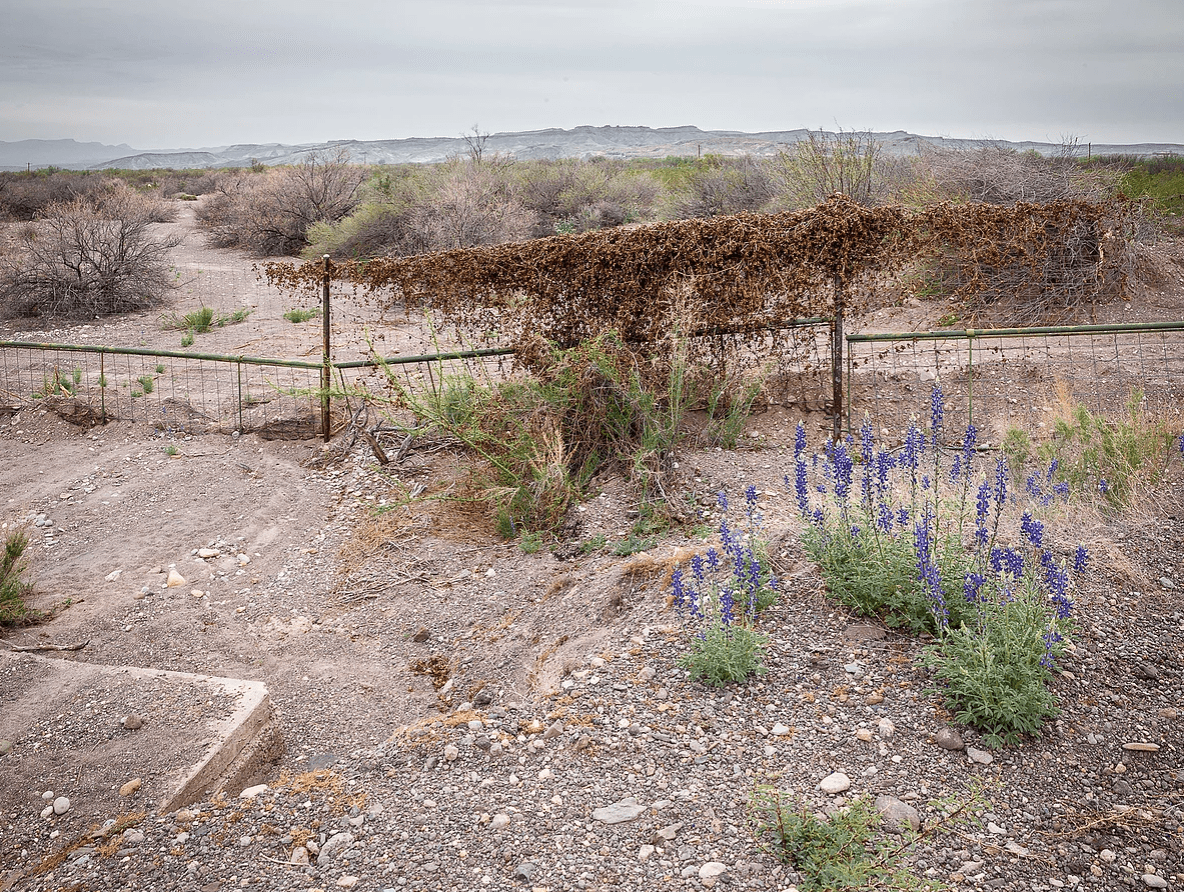
Wouldbe Crossing © Mark Sawrie
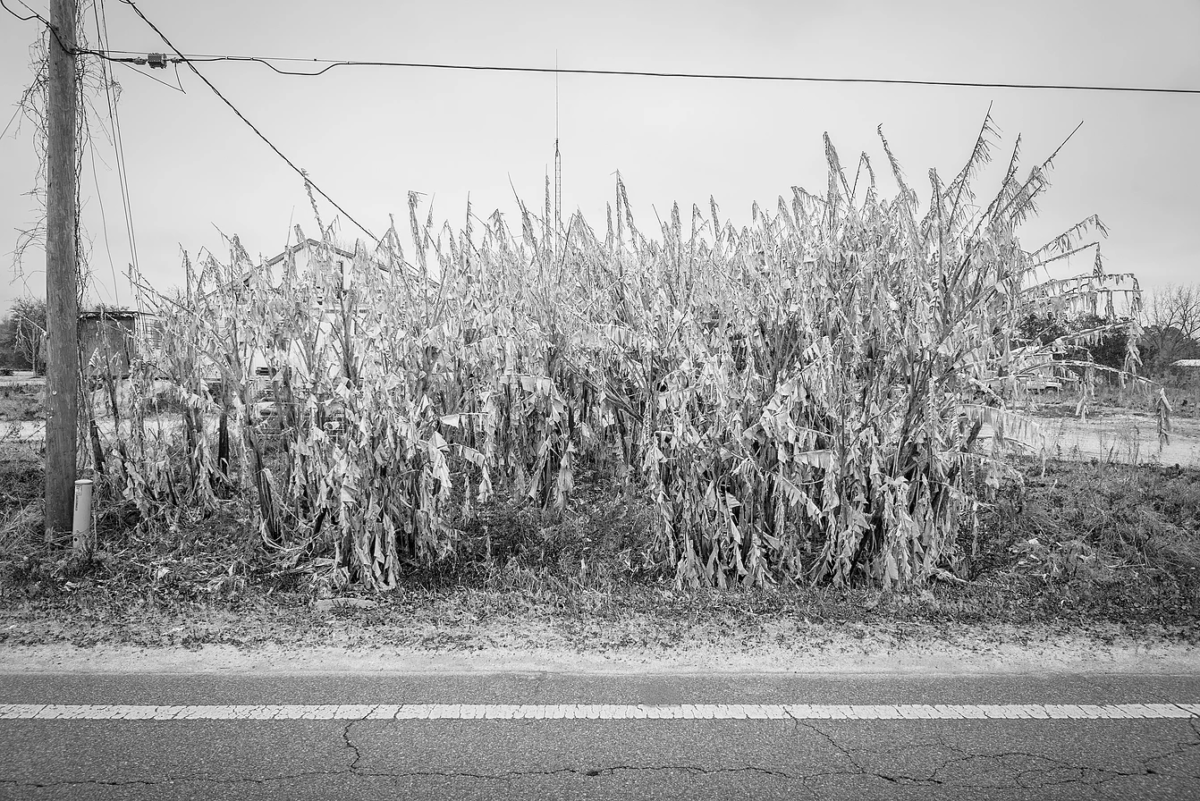
Nuns, Witches, KKK © Mark Sawrie
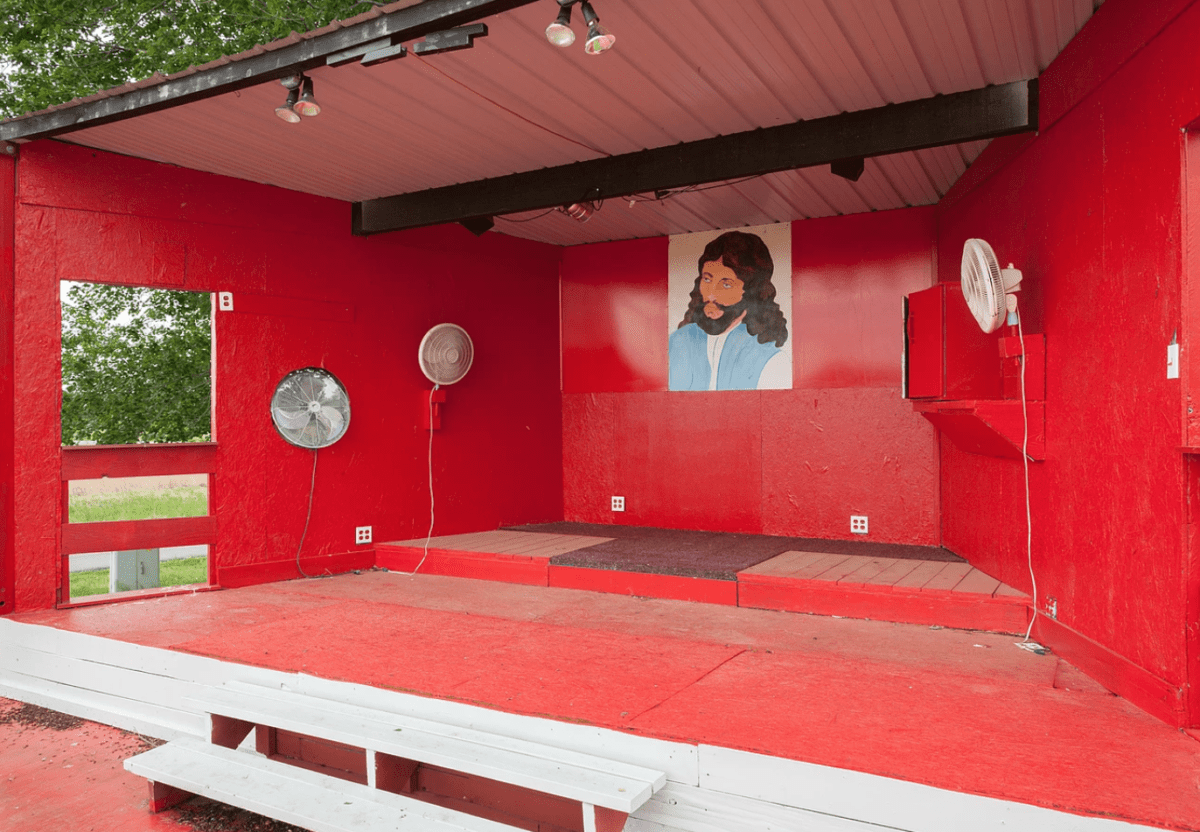
Hot Blooded © Mark Sawrie
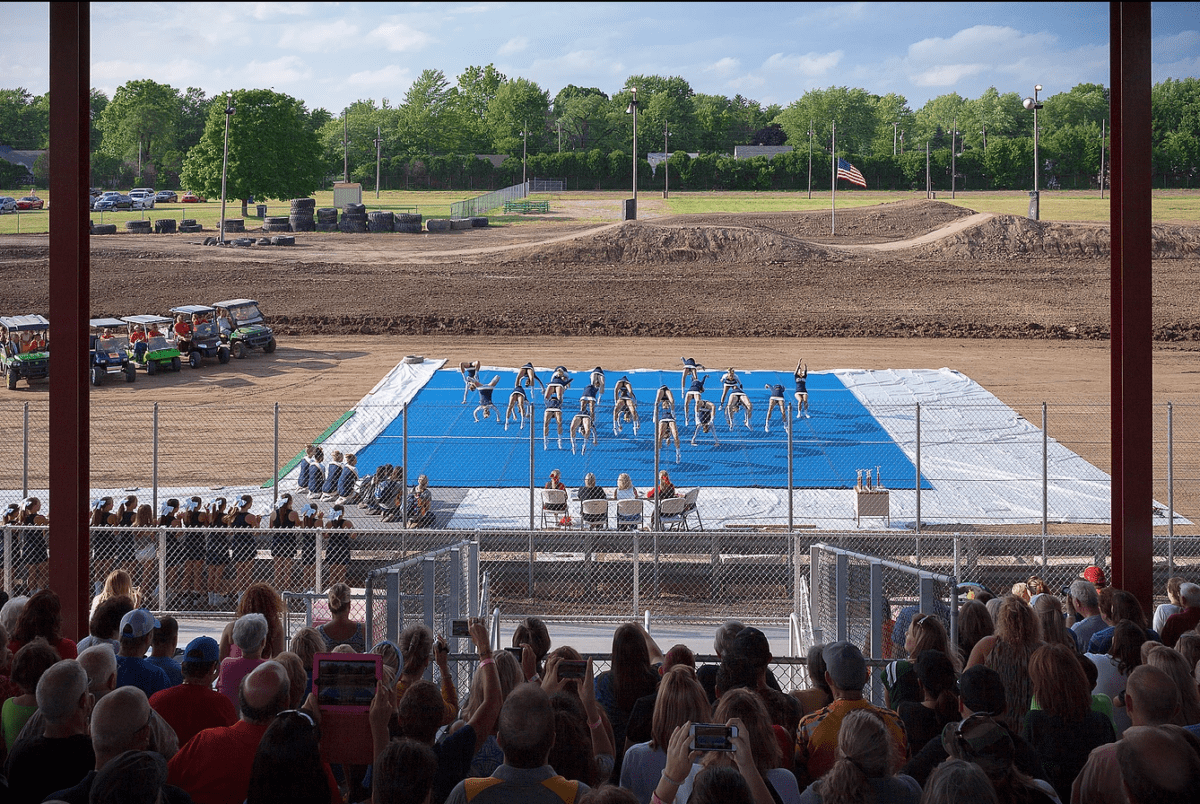
Half-Mast © Mark Sawrie
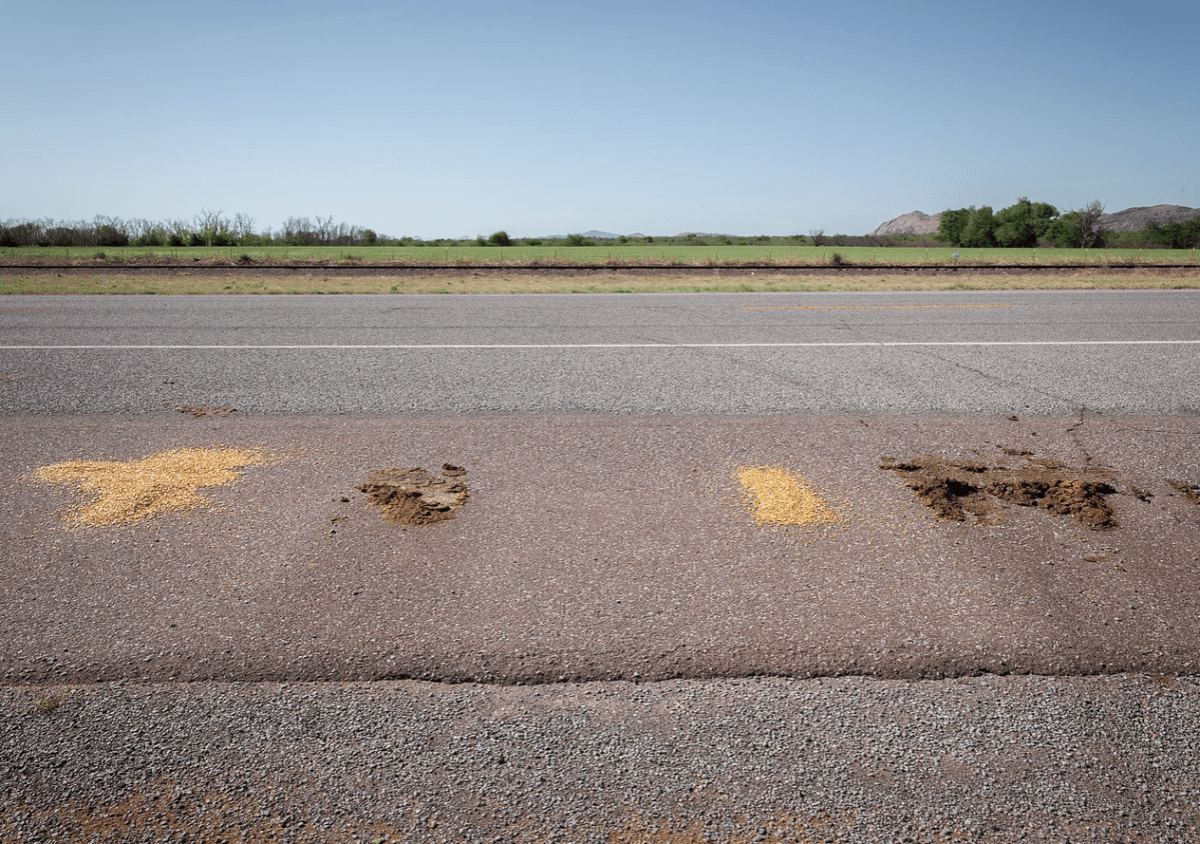
Corn, Manure, Corn, Manure © Mark Sawrie
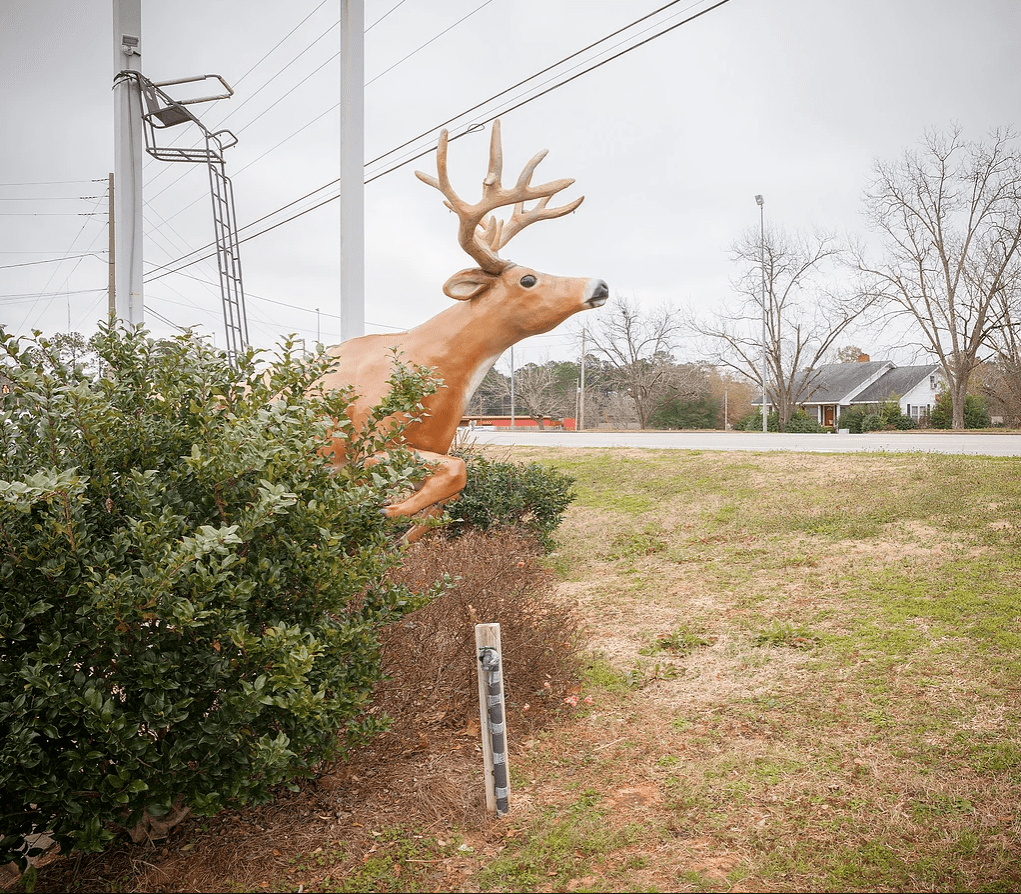
Dasher © Mark Sawrie
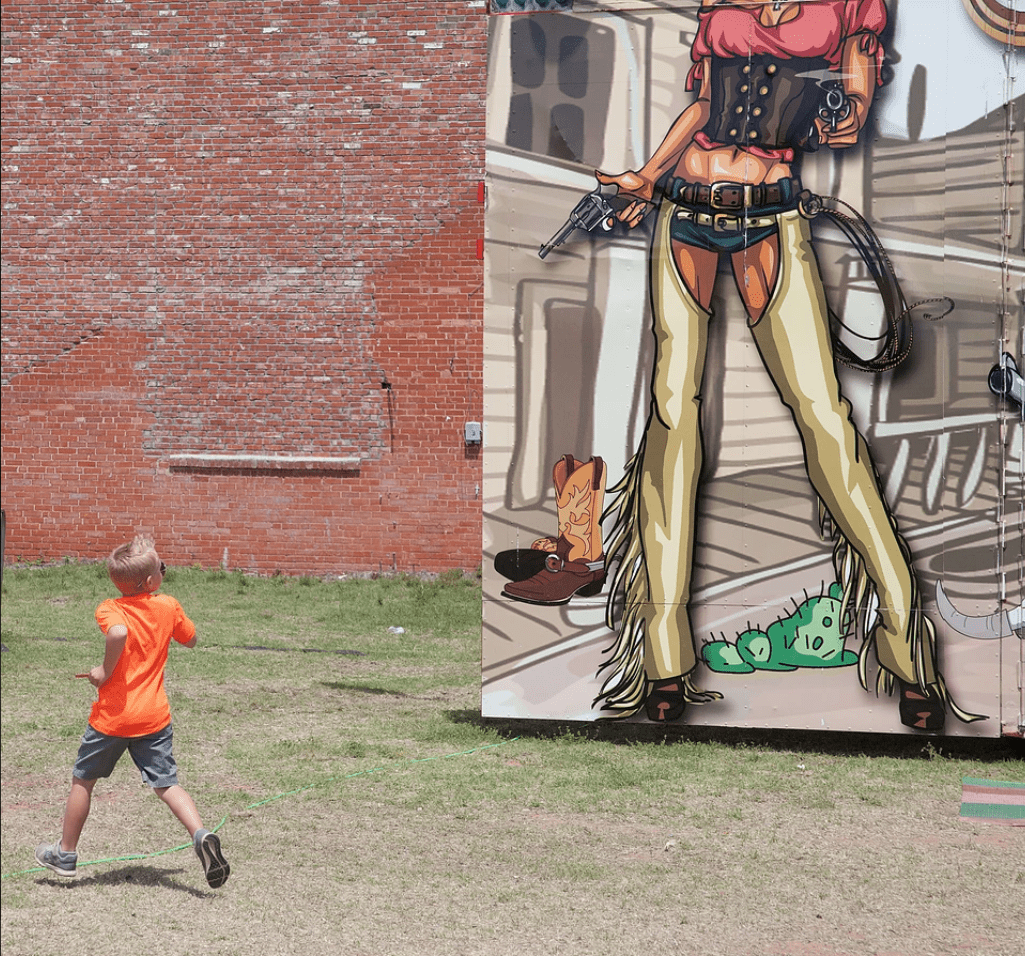
Bang © Mark Sawrie
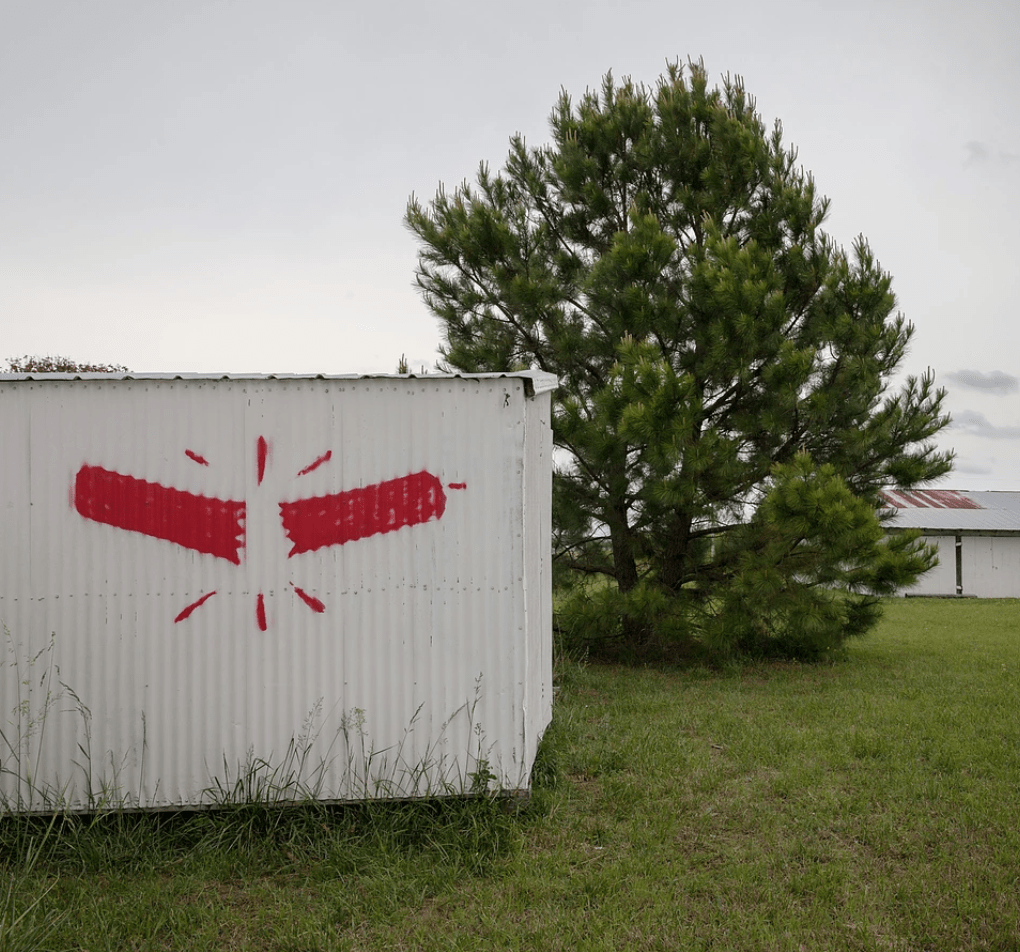
Cracker © Mark Sawrie
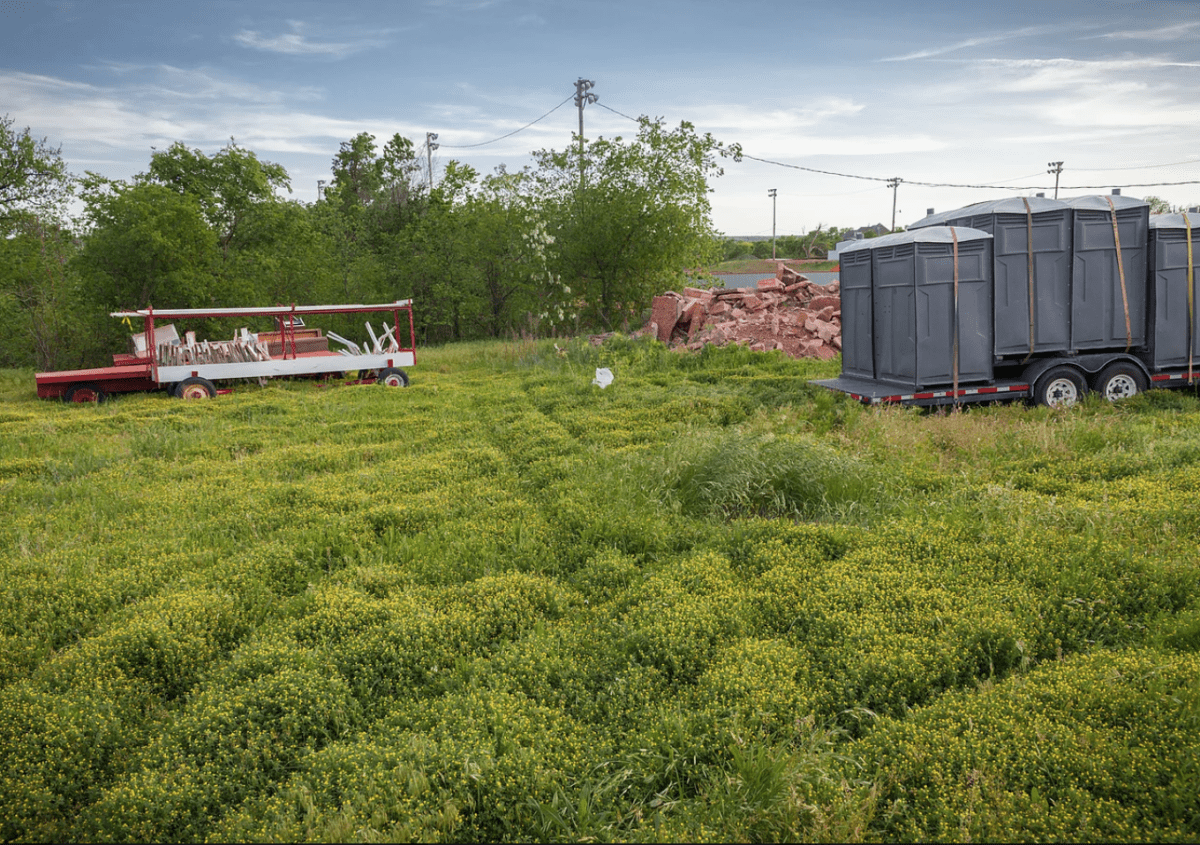
Emergency Seating © Mark Sawrie
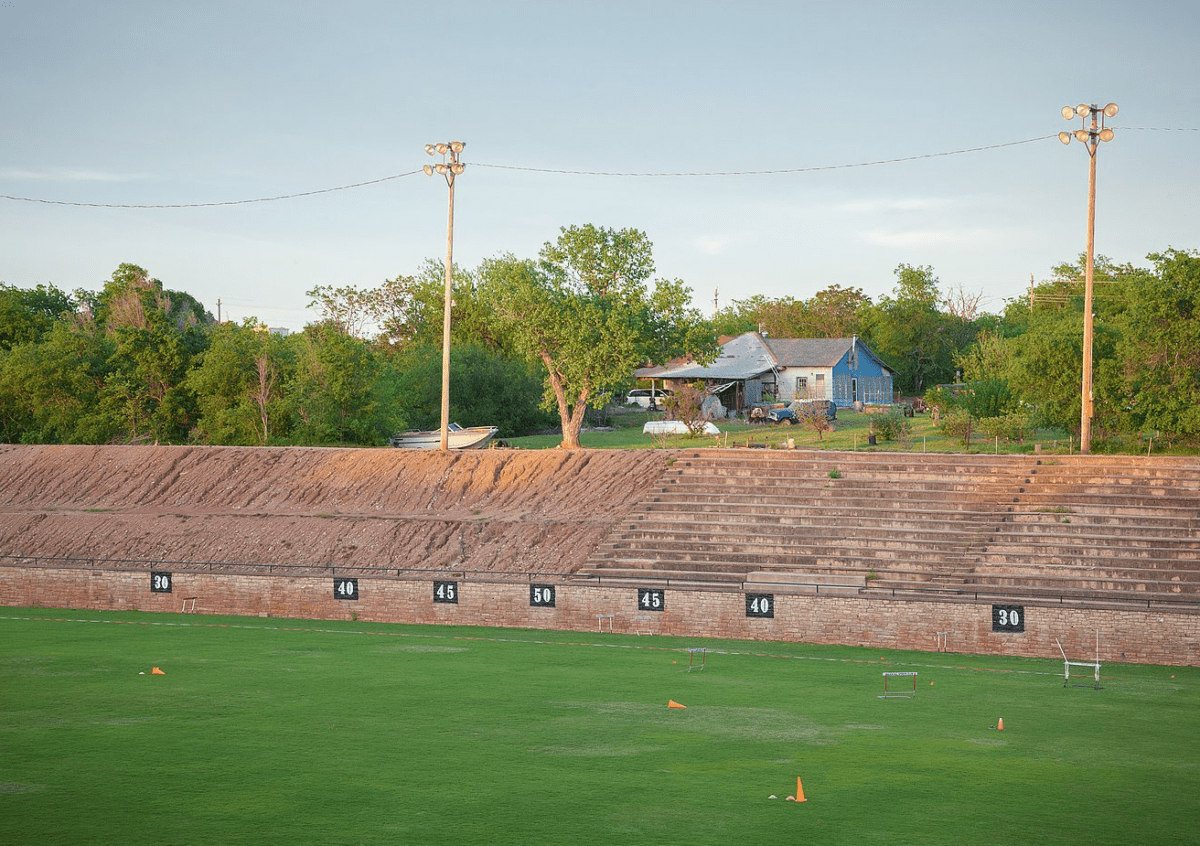
Audience Erosion © Mark Sawrie
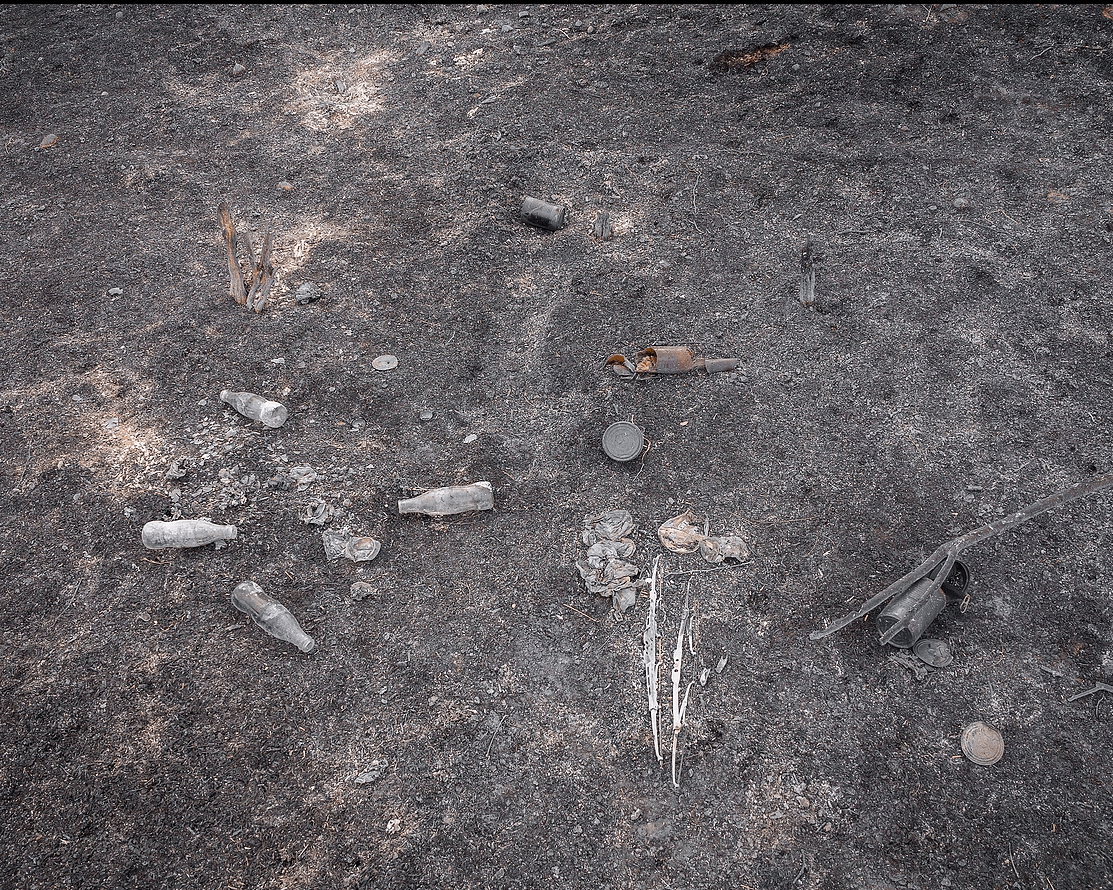
Border Camp © Mark Sawrie
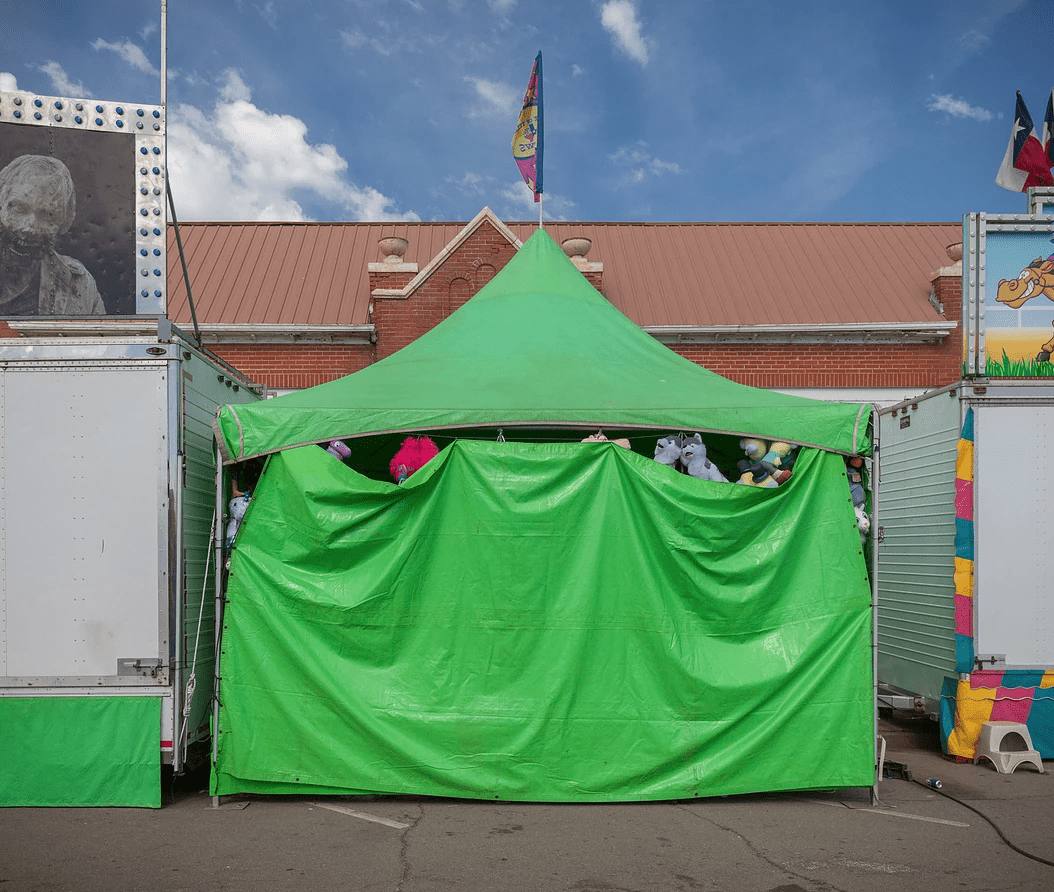
Being Green © Mark Sawrie
Mark Sawrie is an Associate Professor of Art/Photography at Ball State University in Muncie, Indiana, where he has taught for 28 years. He has exhibited: photography, video, drawing and assemblage-sculpture, widely across the U.S.. Sawrie received his B.F.A. in photography in 1981 from Murray State University in Murray, Kentucky and his M.F.A. in photography in 1986 from the University of Oklahoma in Norman. Some of his more influential experiences have included: tobacco cutter, product photographer, medical photographer, construction worker and pizza delivery. Known as a loner who loves people and a funny-curmudgeon with a heart of fools-gold, he is also rumored to be a cat-whisperer. See more of his work at www.artistslashsomethingorother.com
Location: Online Type: Interview
One response to “Interview with photographer Mark Sawrie”
Leave a Reply
Events by Location
Post Categories
Tags
- Abstract
- Alternative process
- Architecture
- Artist Talk
- artistic residency
- Biennial
- Black and White
- Book Fair
- Car culture
- Charity
- Childhood
- Children
- Cities
- Collaboration
- Community
- Cyanotype
- Documentary
- Environment
- Event
- Exhibition
- Faith
- Family
- Fashion
- Festival
- Film Review
- Food
- Friendship
- FStop20th
- Gender
- Gun Culture
- Habitat
- Hom
- home
- journal
- Landscapes
- Lecture
- Love
- Masculinity
- Mental Health
- Migration
- Museums
- Music
- Nature
- Night
- nuclear
- p
- photographic residency
- Photomontage
- Plants
- Podcast
- Portraits
- Prairies
- Religion
- River
- Still Life
- Street Photography
- Tourism
- UFO
- Water
- Zine

Appreciating this look at Mark Sawrie’s photography. Thanks for your article.